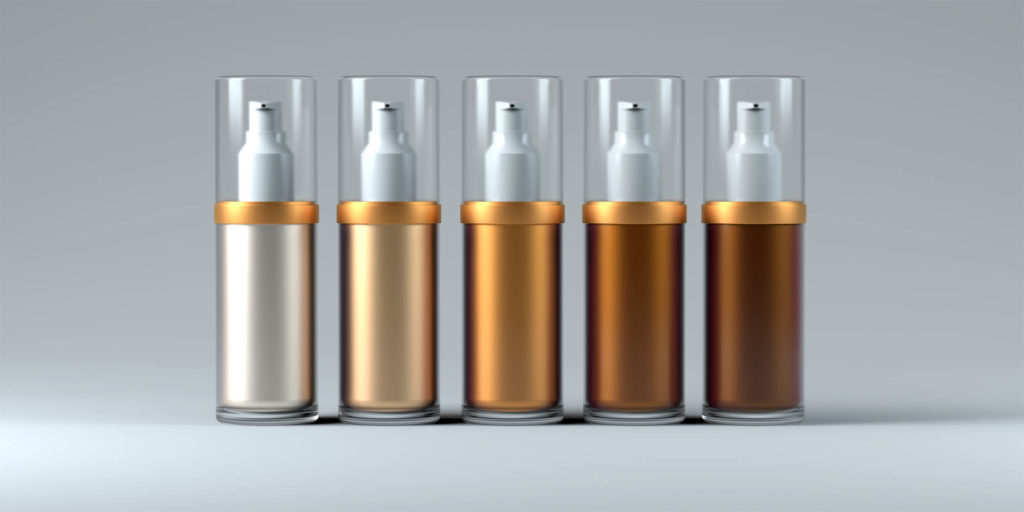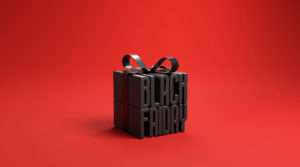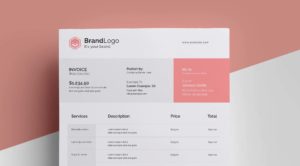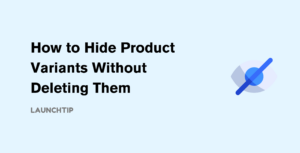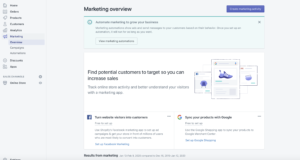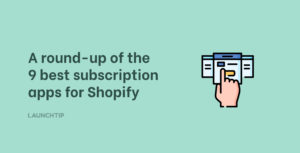Last Updated on by Dan S
Originally Published February 17, 2021.
A similar goal shared by any retailer is: to generate more sales. Achieve this with product bundles.
However, the way in which retailers go about achieving the target varies. Some tend to rely on a customer loyalty program. Others are shifting to B2B wholesale markets to expand. There is an endless list of strategies that you can use to boost revenue, these are only two.
Product bundling is another great way to help retailers meet sales targets. You can help capture both frequent customers and eager-to-buy shoppers with a curated range of complimentary items.
But, as with any other promotional tactics, there’s an art to effectively bundling products.
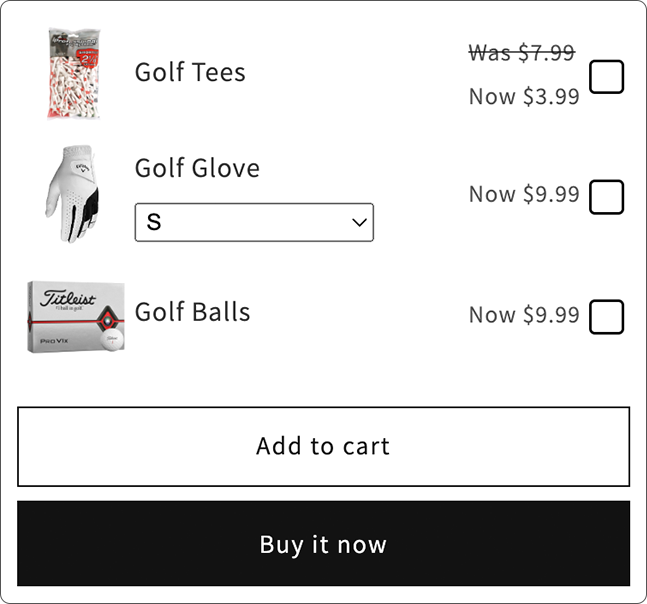
What is product bundling?
Product bundling is when similar goods are packaged by a retailer as a collection of items that can be bought together. Items are often bundled in as an upsell or a cross-sell.
- Upsells include convincing the buyer to upgrade. Promoting a better, more costly version of a makeup brush, a buyer is thinking about purchasing.
- Cross-sells involve marketing related items that are in a particular category adjacent to other goods. Promoting blush to go with a cosmetics brush, for example.
During the holidays, gift packages are particularly common, but it’s a tactic that merchants can use to drive revenue throughout the year.
There are two types of product bundles generally:
- Pure bundles, containing products sold solely in the package. A blow-dry, for instance, is sold with removable blow-dry heads that you can only get when you buy the package.
- Mixed bundles, which often include separately sold products. A good example: lip kits from Kylie Cosmetics. These packages consist of lip liner and blush, both of which can be purchased individually but are packaged together for ease (as complementary products).
Bundling benefits
Product bundling gives both a retailer and the customer certain advantages. Let’s look at a couple of reasons why it has become such a useful tactic among merchants.
- Increased sales
A Harvard Business School study reveals how effective bundling of products can be as a strategy to boost revenue. The research basically explored a strategy used by Nintendo when marketing computer games and consoles. The two products were packaged together by the game’s brand, leading to 100,000 units sold and video game sales worth more than a million dollars. When Nintendo only packaged games together, sales of packages fell by 20%.
The impact is not exclusive to Nintendo either. Merchants increase their sales and include merchandise bundling by including various products.
- Opacity pricing
While it is possible to use bundling to offer discounts, it can also be used to create upsells into a bundle, blurring the emphasis around the price of individual products. For instance, when you buy a new smartphone, you get a charger in the box as well. The charger isn’t, of course, free. Its expense is incorporated into the final ticket price of the smartphone. Phone companies know if a charger were to be ordered individually by consumers, they wouldn’t. Most of us have the right charger at home now.
- Reduced surplus inventory
In order to minimize excess inventory, product bundling may also act as an effective strategy. It will help move stagnant goods by bundling slow-moving inventory products with popular options.
You’re creating a new product line when you package a more stagnant item with a famous one, which helps refresh the old or overstocked supply.
- Increase product awareness
Product bundling also offers consumers the ability to try a product that they wouldn’t normally choose as a separate item.
For one example, we can look at LoveSeen, a manufacturer of false lashes. It provides a package of starter kits containing not only hair but also lashes glue and lash tweezers. Many people should not try lash tweezers because the method of applying lashes does not entirely require them. Customers, though, have the ability to see how much simpler lash tweezers make the application process when shipped inside the kit bundle. They might also learn that in the future they can buy another pair individually.
- Improve brand satisfaction
Although it can be a surprise, it can also help improve consumer satisfaction by selling product bundles. Bundles allow consumers the option to try several things at once, which ensures they have more chances to select goods they enjoy (and buy over and over again).
Creating Product Bundles for Shopify: A simpler approach
The best practice for building Shopify product bundles is with a dedicated app. Many applications for Shopify bundles were designed to support a particular use case that is okay for now, but what if you need other types of bundles?
You want to create Product Packages and Product Bundles? Looking to raise the Average Value Order? SellUp allows you to do this right from the product page.
Introducing One Check Upsells
By showing additional products as checkbox offers above the Add To Cart button, you can allow customers to essentially build their own bundles increasing your Average Order Value.
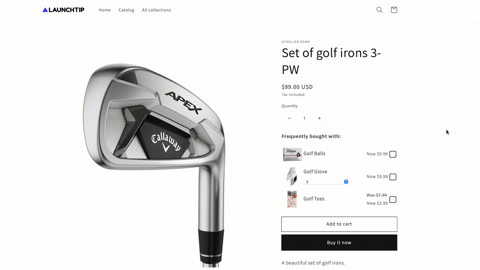
More on One Check Upsells here.
Installation
Just have the SellUp app installed and that’s it. You can use the automatic installation or add it manually yourself when going through the onboarding. Check out the documentation or open a support ticket if you have any problems.
Why SellUp?
Offering multiple products will improve the sales and average order size of your store. You will sell more to your customers by offering collections from your catalog as checkbox offers which allow customers to create bundles.


